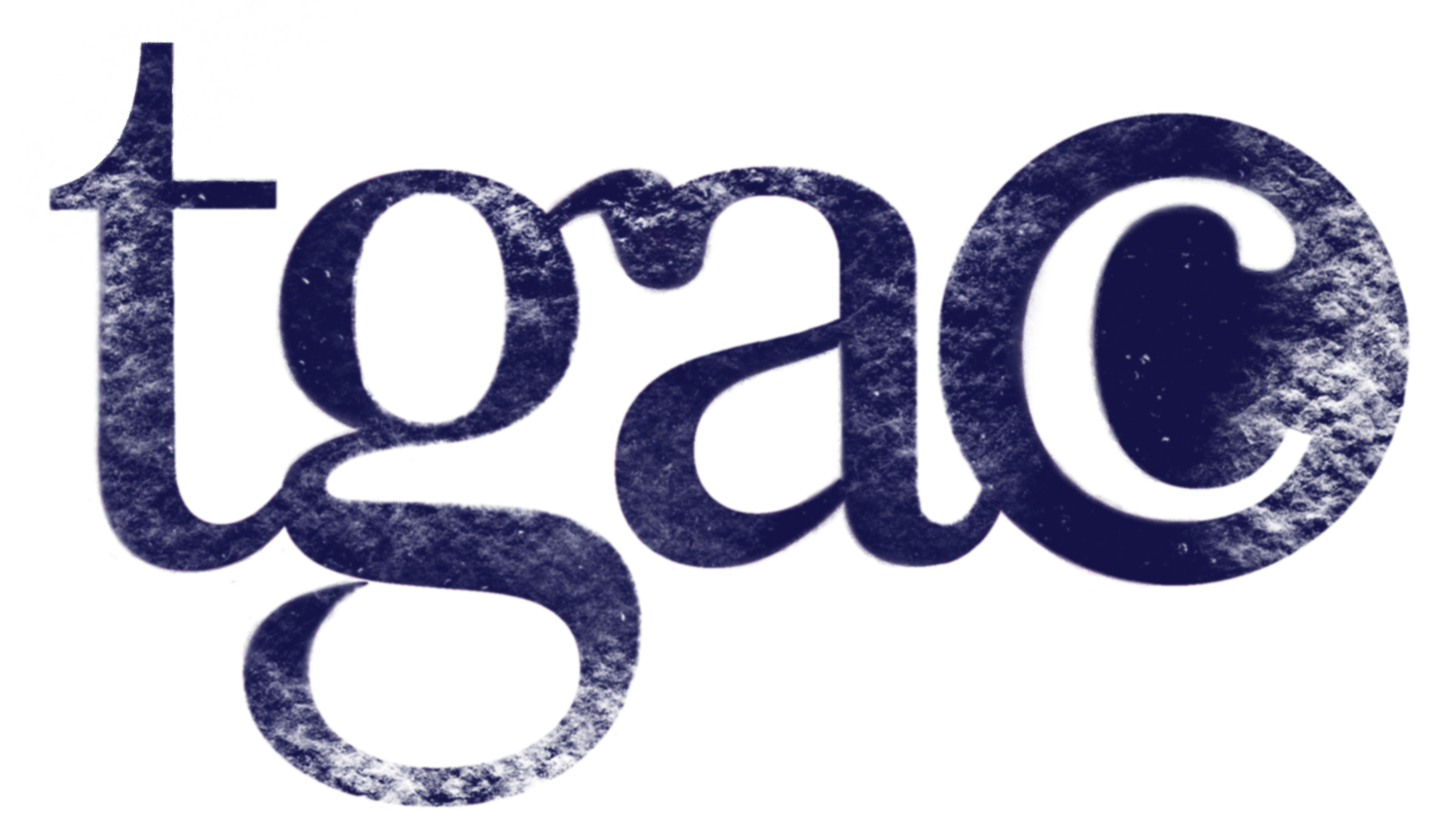Delivery
Guiding your project through the stages of creative development and implementation, from start to finish and anywhere in between.
The world’s most important stories…
Tim Gardom Associates have nearly 30 years’ experience working with national and local governments and their agencies, cultural organisations, museums, innovative businesses and brands.
We have an in-depth understanding of project delivery from start to finish, working with multidisciplinary teams, and interfacing between clients and stakeholders, community and audience groups, as well as specialist delivery partners.
We offer creative direction, feasibility and masterplanning, creative engagement, interpretive planning, design and content development.
Three Key Phases
We have developed a robust, narrative-led approach that ensures your Core Narrative (story, voice and purpose) is the driver behind all creative development and the guide for decision making.
Our experienced consultants can integrate rapidly with established teams and ongoing projects at any stage, as well as working on long term projects from start to finish.
If you’re right at the start of your own project, you can use the free resources below to get you going.
Download your copy of our handbook, Saying It Differetly, here.
To explore our projects follow the link, here.
Discovery
The Discovery process involves gathering together baseline information about how your organisation is now.
You’ll be asking and answering a range of seemingly simple questions, and digesting what you learn.
Dicovery Checklist questions:
What’s missing from your visitor experience / brand offer now?
What might you like to know more about?
What have you seen elsewhere that you think could work well and why?
How big is your project?
Who will you need to work with and what are their priorities?
Who are your current audiences and what do they know?
What do you want people to take away from their experience?
What are your criteria and metrics for success?
What are the strengths and weaknesses of your physical/digital/human resources?
What other resources might you have access to or could find?
Tip:
Discovery is fascinating but not always comfortable and raises important questions. Learning from fresh eyes that people don’t feel the same way about your most cherished objects, for example.
Think carefully about how you share your findings with your team. Everyone needs to see this is a liberating basis for moving forward, an opportunity to become familiar yourselves, and confident for the journey ahead.
Creation
The Creation process is about deciding precisely what you want to do and who you are doing it for.
There are some fundamental questions to answer at the start of this process as to the nature and purpose of your project.
The answers are recorded as the Core Project Document which crystallises the aim and scope of your project, enabling you to share it with others. This document also identifies the specific information, assets and other recources you need to realise your vision.
Creation Questions checklist:
What is your project about?
Who is it for?
What voice(s) do you want to use?
What type of experience do you want to create?
What resources do you have and what do you need?
Who will you work with and why, and how will work with them?
How will you structure your narrative?
How will you tell your stories?
Tip:
Next time someone has a ‘brilliant idea’ for the exhibition, test it against your Core Project Document. Is it in line with the project’s aims, or will it draw you off course?
Clear lines of communication, reporting and sign off procedures are important to ensure that everyone’s voice can be heard. Formative evaluation is a great way to test all your decisions.
Implementation
The Implementation phase will often require you to work with external organisations - SMEs, creative consultants, digital specialists - to make your project happen.
Step 1: Finding and briefing the team.
Step 2: Working with them to realise your project.
Tip:
Make sure you have enough time to be creative, as well as managing your process - considering periods of thinking time can have a significant on your delivery strategy and content production.
Update your team(s) regularly as the project evolves and factor in time for preparing and organising, for people to absorb what they’ve heard and seen. This is essential for consultation, comments and feedback to be meaningful.
“ Museums can tell the world’s most important stories. Either the stories are of world importance, or they are the most important stories in the lives of the people telling them. ”
Video courtesy of Haley Sharpe Design
